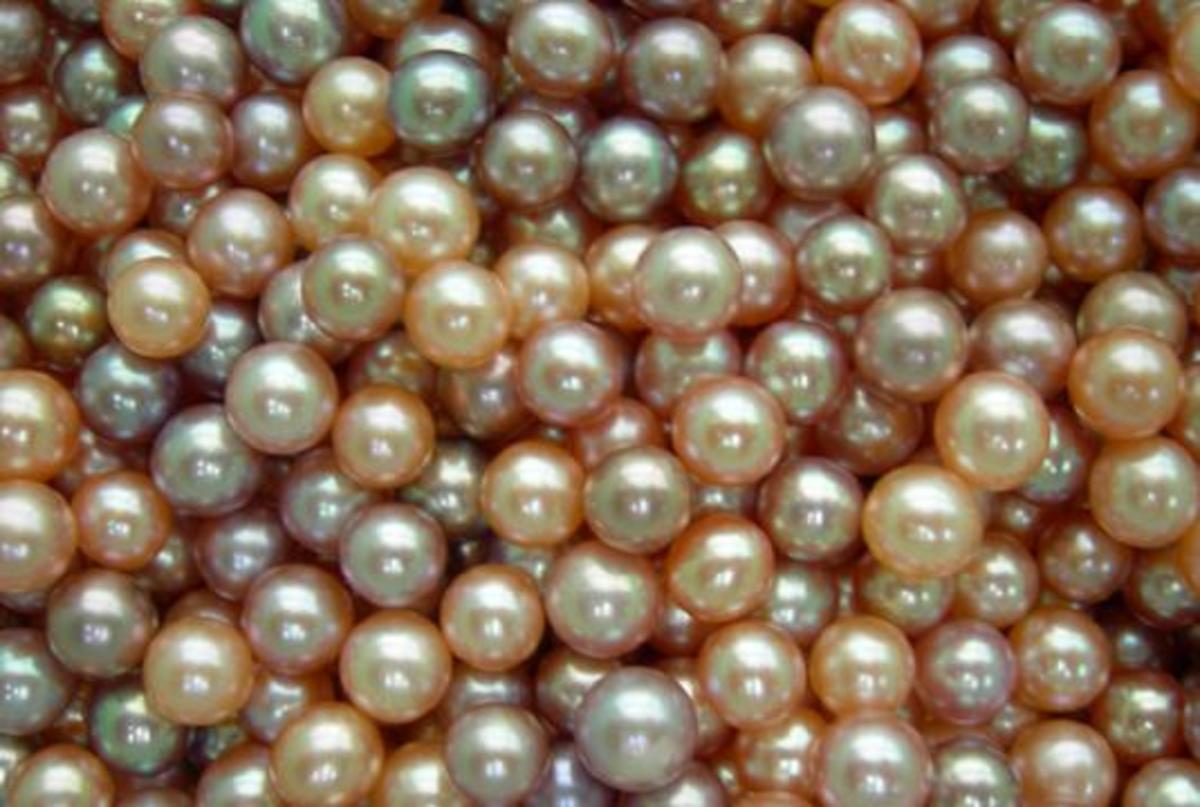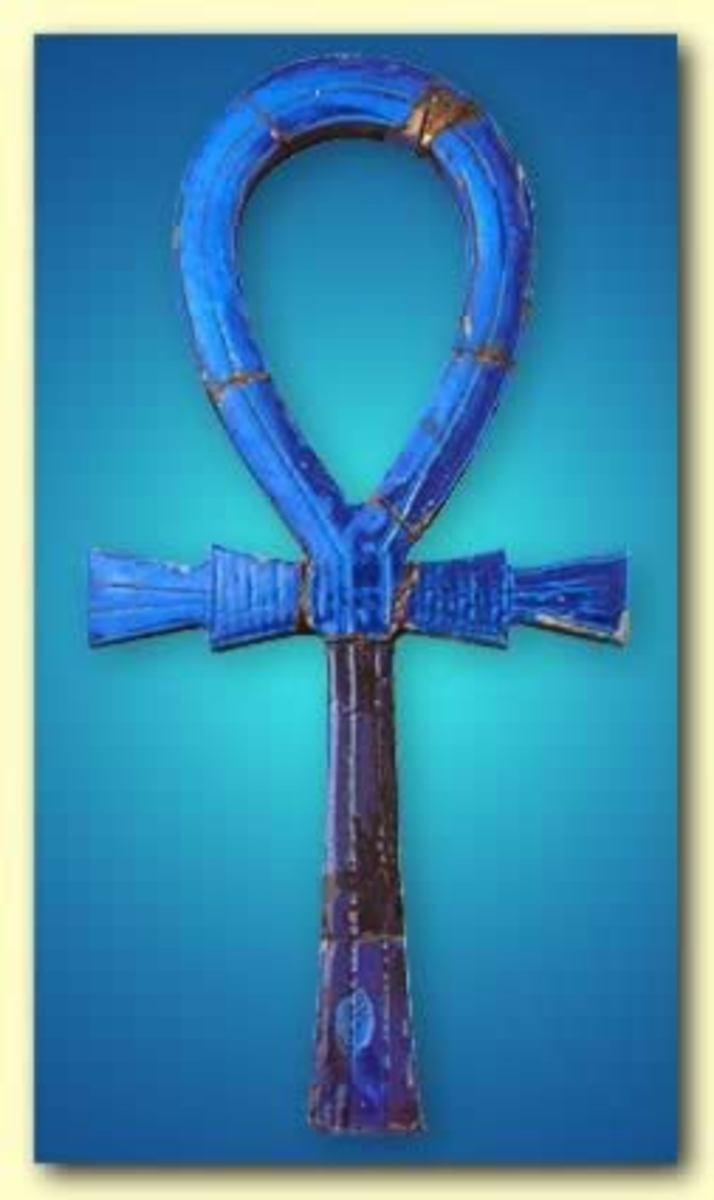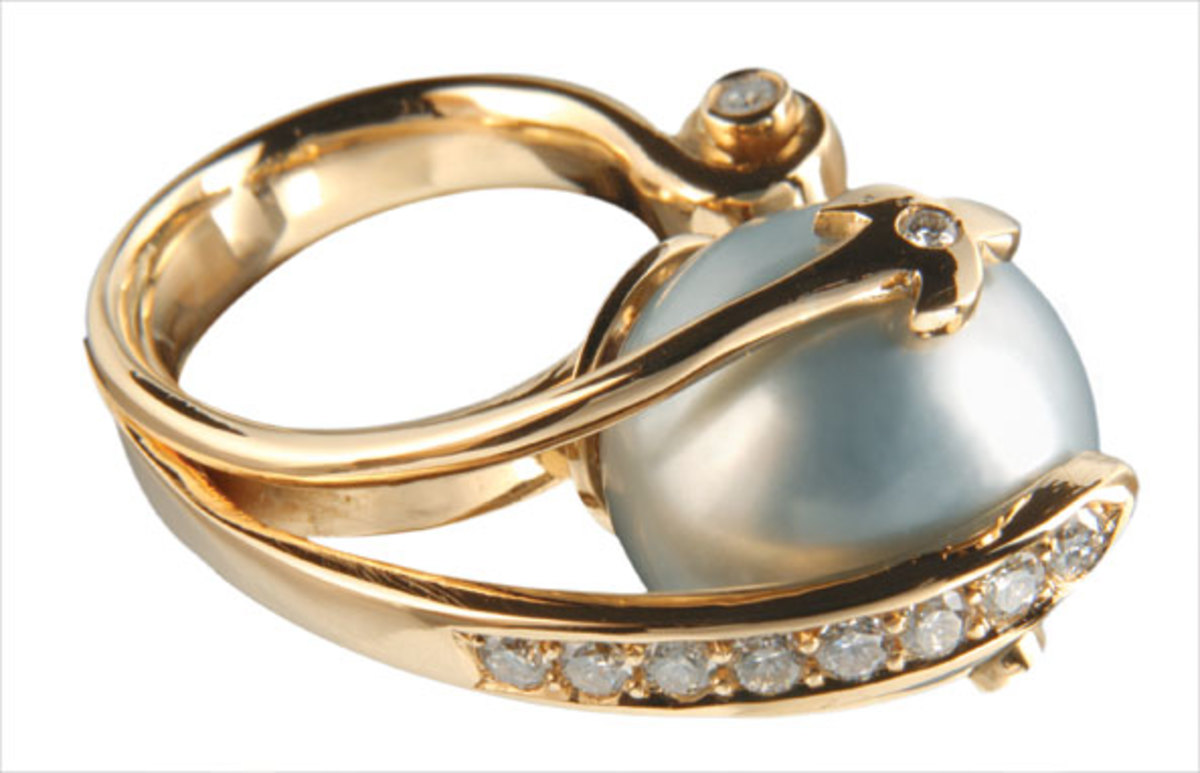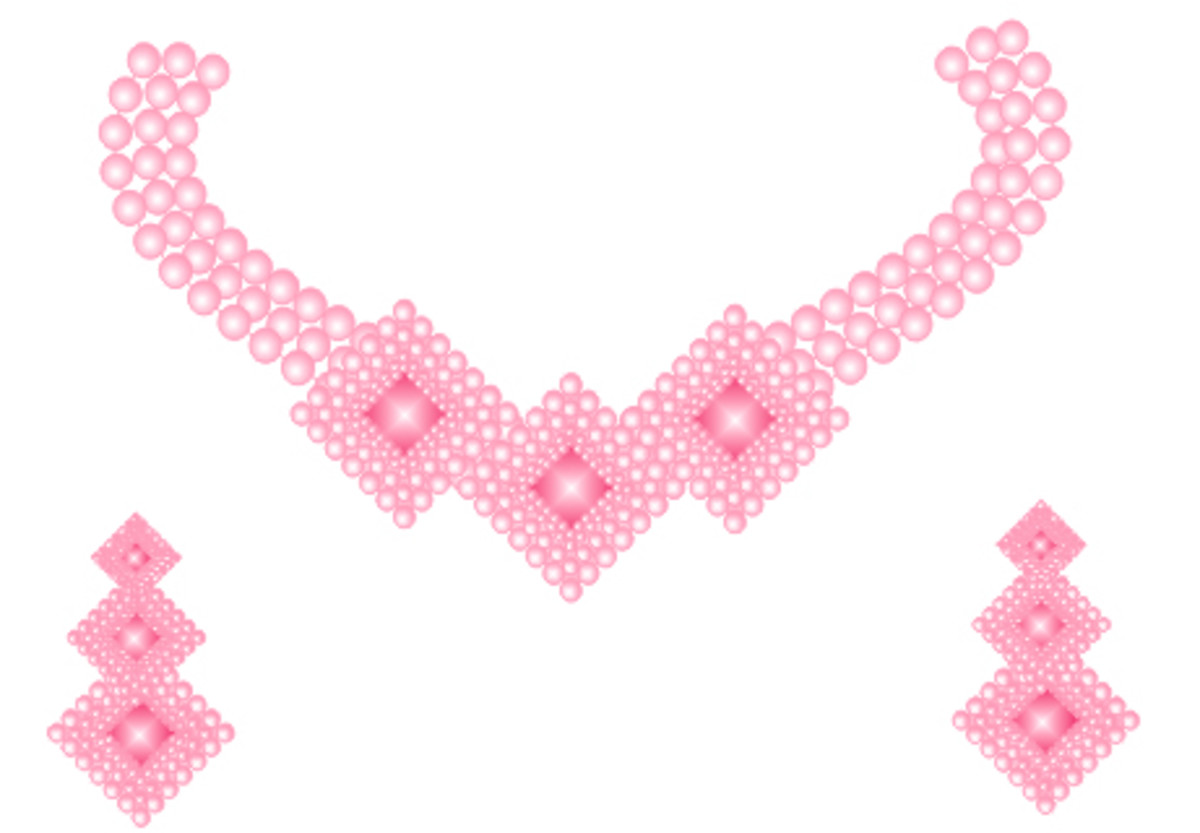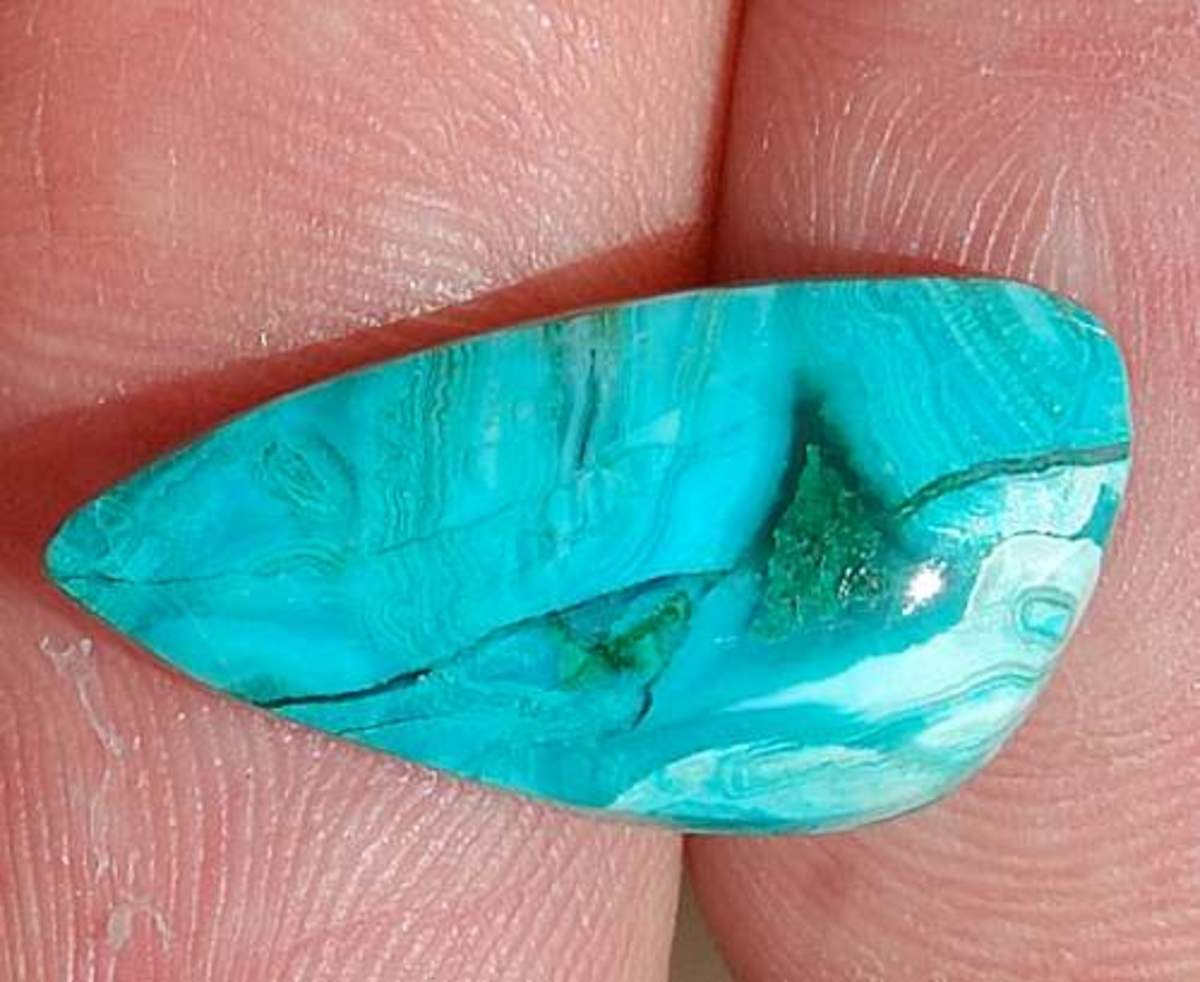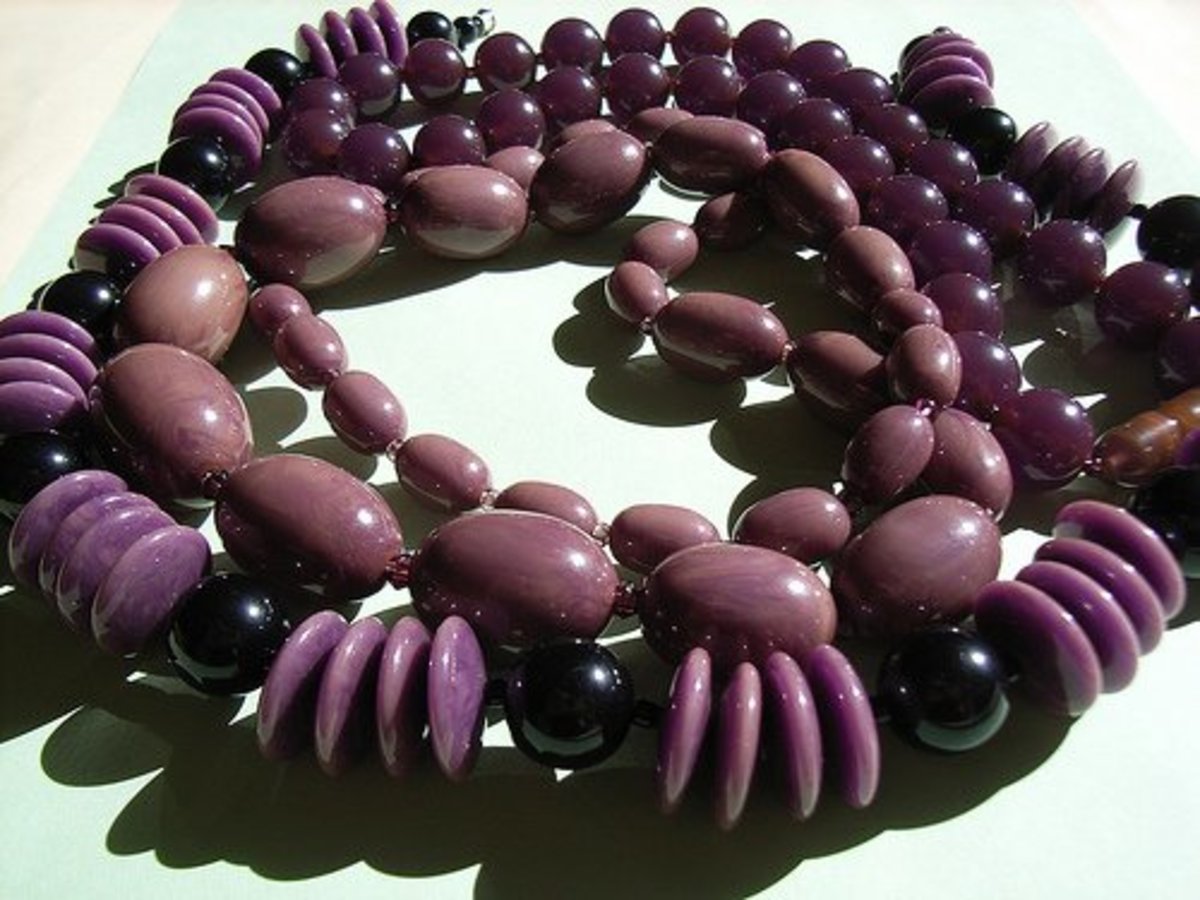An Introduction to Freshwater Cultured Pearls for Novice Buyers
Pearls are elegant and classic pieces of jewelry. They are a symbol of purity and they fit even the most contemporary designs. A strand of pearls is universally regarded as a thing of beauty. Natural pearls are quite rare these days. Most of the pearls have already been found and harvested. There are still some small, natural pearls available from some merchants, but they usually have a hefty price tag. Pearls used in jewelry are now grown in farms. The mollusks that produce these cultured pearls are raised in pearl farms and cared for until the pearls are ready for harvesting.
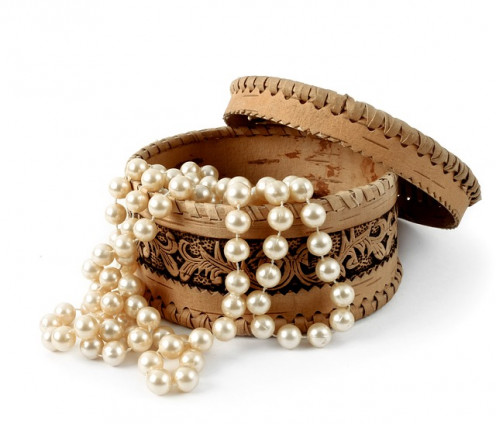
Difference between saltwater and freshwater pearls
There are different types of pearls based on the type of mollusk that produce them. Each species produces a certain type of pearl. The two main types of pearls are saltwater and freshwater. Saltwater pearls are round-shaped and are either cream or white in color. The size ranges from 2mm to 10mm.
The largest of these saltwater pearls, the South Sea pearl is found in the Philippines, which range from 1mm to 20mm in size. South Sea pearls are either cream or white, although some pearls have a golden sheen. The other countries where they can be found are Japan, China, Indonesia, and Australia. Japan is the source of the Akoya cultured pearls. Meanwhile, there are pearls known as Tahitian pearls, which are found in the waters surrounding the French Polynesian territories. The pearls are blue, green, purple, or gray in color. Commercially, they are labeled “black pearls.” Tahitian pearls range from 8mm to 16mm in size.
In the meantime, freshwater cultured pearls are round, smaller than other pearls, less symmetrical, and some do not have a bead. When these pearls are strung on a strand, they are not perfectly matched. They look very similar to saltwater Akoya pearls, which are definitely more expensive. Freshwater pearls thrive in bodies of water such as rivers, lakes, and ponds. Most of the freshwater pearls in the world today are produced in China.
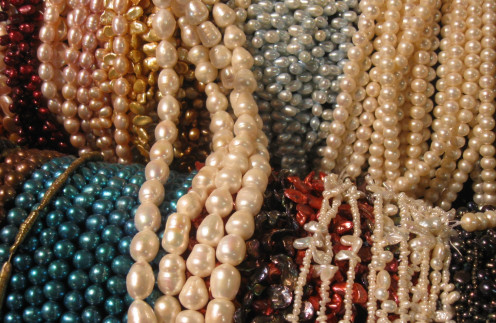
Current sources of freshwater cultured pearls
Freshwater mussels are the source of freshwater cultured pearls. The term is exclusive to farmed pearls, assigned by the United States Federal Trade Commission. There was a time when the main sources of these pearls are sourced mainly from the US and Japan. Most of the pearls in the market today come from China. These are the pearls of outstanding quality, which are made into affordable yet excellent jewelry.
The process of harvesting pearls is rather elaborate, and involves a delicate procedure where each mussel yields numerous pearls in one harvest. In peal farms, not all the mollusks that have been implanted with a bead produce pearls. Moreover, not all the pearls produced are high in quality. Before a lovely necklace of matched pearls can be made, it is often necessary to sort through as many as 10,000 individual pearls.
How pearls are formed
Whether pearls are cultured or natural, they are formed within mollusk shells. When an irritant or a foreign object finds its way inside the mollusk, layers of nacre are formed, which eventually develop into pearls given time. The same process occurs to produce natural pearls as well as cultured pearls. The main difference between natural and cultured pearls is the nature of the object that makes its way into the shell. Cultured pearls originate from a piece of tissue of a bead of mother-of-pearl, which are inserted manually in a delicate surgical procedure. In natural pearls, the piece of irritant is any organism or object from the water that finds its way into the shell.
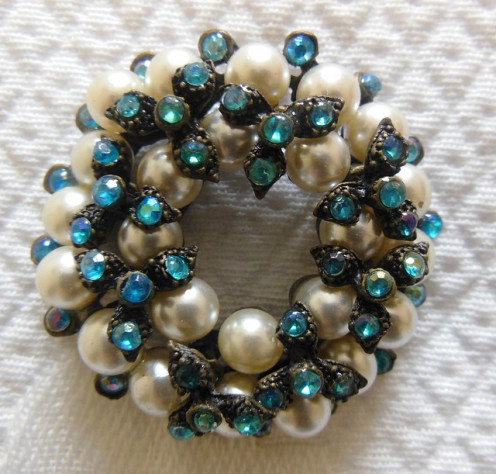
Grading system
The grading system of pearls is based on a few physical properties, namely surface, color, shape, and luster. The surface of the pearl is smooth and mark-free. The shape of the pearl could vary, some of which are pear-shaped, oval, and round while there are also pearls shaped irregularly, eve misshapen. The luster of a pearl is an important determinant of its value and beauty. The luster of the pearl depends on the quality of the nacre.
A spectrum of colors
Freshwater cultured pearls can be processed so that they appear in different colors. There are natural means of producing pastel-colored pearls. Some of the parameters that can be modified are the type of trace metals in the growing environment, and the diet of the mollusk. There are also ways to manipulate the genetics of the mollusk. There are artificial means of producing even coloring in pearls that are used as jewelry, such as irradiation. This is one of the treatments done after harvesting the pearls if the goal is to achieve as certain uniformity in pearl color. As soon as treatment achieved the desired shade, these pearls can already be made into earrings, necklaces, bracelets, pendants and costume jewelry.



